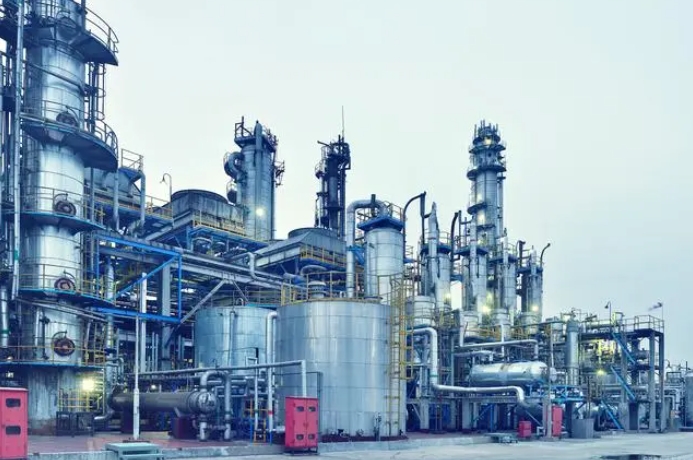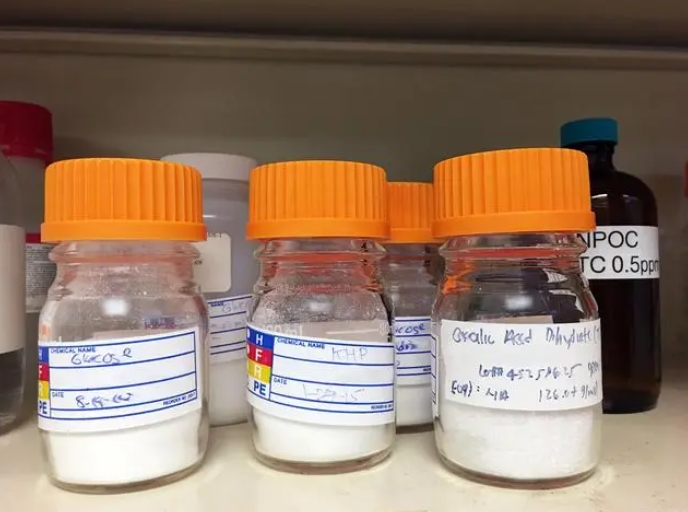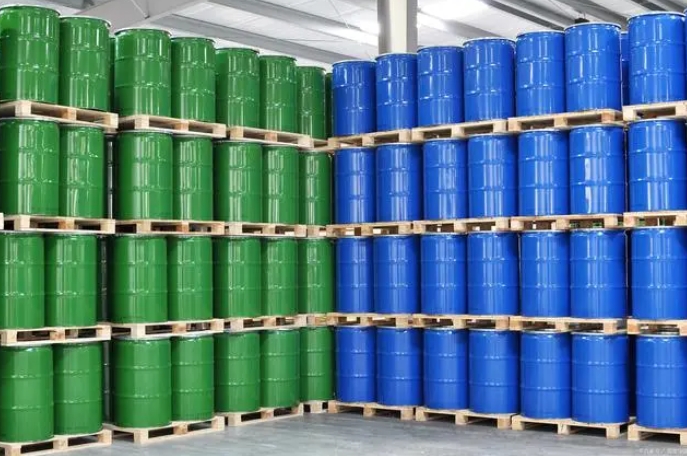In the vast world of chemistry, commonly used chemical raw materials are scattered like stars. Although the total number is difficult to count, about 800 of them frequently shine on the stage of industrial production. Among these more than 800 types of raw materials, there is another group of outstanding ones, which have become the cornerstone of the chemical industry with their wide application and indispensable position.

Chemical raw materials
Firstly, when it comes to the most commonly used chemical raw materials, it is necessary to mention the basic units that make up the organic world - alkanes, alkenes, and their derivatives. They are like bricks and stones in nature, constructing complex and diverse organic compound buildings through different arrangements and combinations. In addition, oxygen-containing organic compounds such as alcohols, phenols, aldehydes, and ketones play an irreplaceable role in various fields such as solvents, fragrances, and pharmaceuticals due to their unique properties.
In the field of inorganic chemical engineering, the three major categories of acid, alkali, and salt have played a significant role. Inorganic strong acids such as sulfuric acid and hydrochloric acid have become catalysts and media for numerous chemical reactions due to their strong corrosiveness and wide solubility. Inorganic bases such as sodium hydroxide and potassium hydroxide play an important role in regulating the acidity and alkalinity of solutions and promoting reactions. As for inorganic salts, such as sodium chloride, sodium sulfate, etc., they are common products in daily life and also indispensable raw materials in industrial production.

alkali
In addition, there are some special and important chemical raw materials, such as synthetic resins, synthetic rubber, synthetic fibers and other polymer compounds. With excellent physical properties and chemical stability, they are widely used in various fields such as construction, transportation, electronics, textiles, etc., greatly promoting the progress and development of human society.
In addition to common petroleum and natural gas as the cornerstone of chemical raw materials, a series of basic organic chemicals such as ethylene, propylene, benzene, toluene, etc. can be derived through complex processes such as cracking and reforming. These substances can be further processed and converted into various products such as plastics, synthetic fibers, rubber, solvents, dyes, etc.

petroleum
It is worth mentioning that with the increasing awareness of environmental protection and the development of green chemistry, more and more renewable or bio based chemical raw materials are emerging. For example, biomass energy sources such as ethanol and biodiesel not only reduce dependence on fossil fuels, but also lower greenhouse gas emissions. In addition, organic acids such as lactic acid and citric acid produced by microbial fermentation technology, as well as natural resin and essence extracted from plants, also show great application potential in cosmetics, food, medicine and other industries.

Green energy
In the field of fine chemical engineering, the ingenuity of formula design is often hidden in those seemingly ordinary but indispensable commonly used raw materials. In addition to basic chemicals such as solvents, catalysts, plasticizers, etc., with the advancement of technology and the improvement of environmental awareness, more and more high-performance, green and environmentally friendly raw materials are widely used in fine chemical formulations.
For example, bio based materials, as emerging raw materials, are gradually replacing traditional petroleum based materials, and they have shown great potential in fields such as biodegradable plastics, surfactants, coatings, etc. These raw materials come from renewable resources such as vegetable oil, starch, etc., which not only reduces dependence on fossil fuels, but also significantly reduces carbon emissions in the production process, opening up a new path for the sustainable development of the fine chemical industry.

Chemical raw materials
In addition, nanomaterials, as the "micro magicians" in fine chemical formulations, have brought a qualitative leap in product performance with their unique physical and chemical properties. In the fields of sunscreen, antibacterial agents, catalysts, etc., the application of nanomaterials makes product effects more significant, while reducing dosage and improving efficiency. However, its safety is also a focus of industry attention. Therefore, how to ensure the environmental friendliness and biological safety of nanomaterials while ensuring performance has become a current research hotspot.

Chemicals
Furthermore, the rise of intelligent raw materials has added infinite possibilities to the design of fine chemical formulas. These raw materials can automatically adjust their properties or release specific components according to environmental changes such as temperature, pH value, light, etc., thus showing broad application prospects in cutting-edge fields such as drug controlled release, intelligent textiles, and self-healing materials. The research and application of intelligent raw materials not only promote technological innovation in the fine chemical industry, but also provide new ideas for solving a series of social problems.
The selection and application of commonly used raw materials in fine chemical formulas are developing towards high performance, green environmental protection, and intelligence. With the continuous advancement of technology and people's pursuit of a better life, we have reason to believe that in the future, the fine chemical industry will emerge with more innovative, environmentally friendly, and efficient raw materials, bringing safer, healthier, and more sustainable development to human society.






 Home
Home
 Product
Product
 News
News
 Contact
Contact